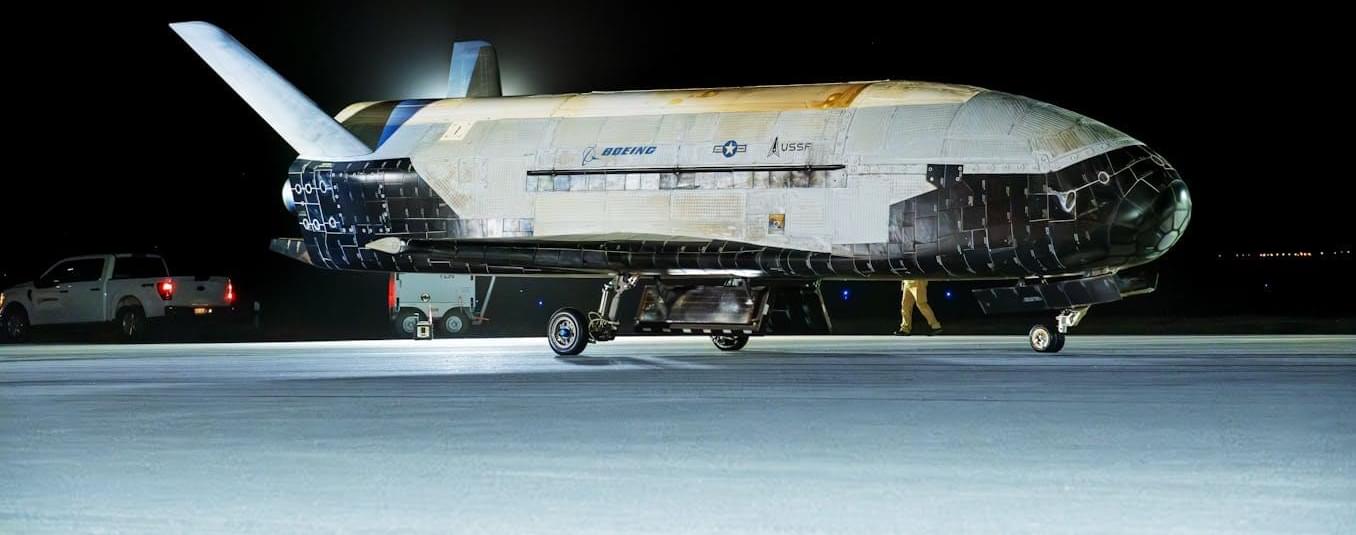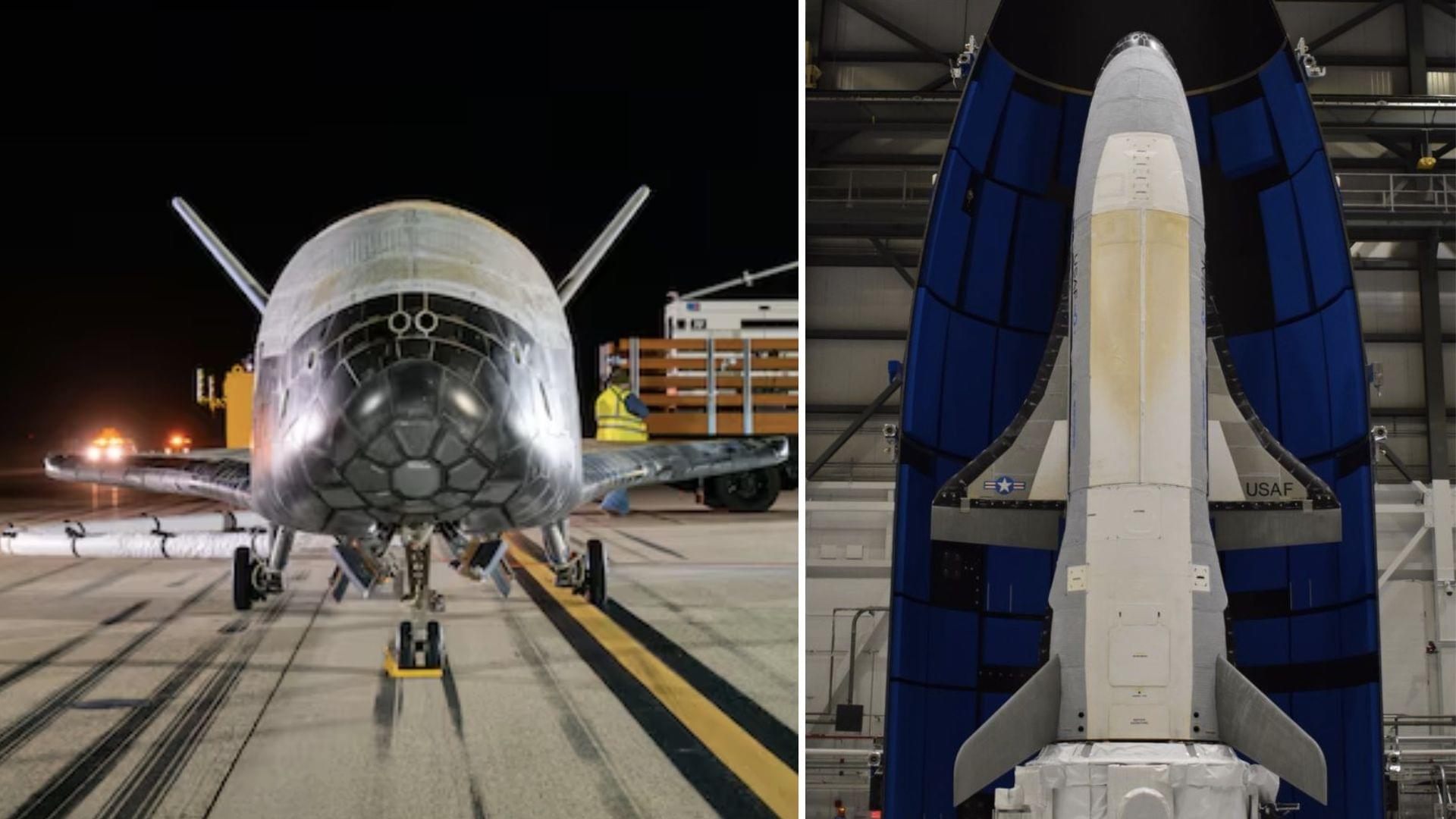💹 Starship’s efficiency could potentially make it highly profitable, “making tons of money like a Tesla.”
🚨 Starship IFT-10’s success has reignited bold ideas for a Starship Starport Global Network.
Could Rocket Cargo really replace today’s air and sea freight? 🚀
In this episode of @overthehorizon, Chris Smedley and Scott Walter join me for a deep dive on the Starport Network vision — offshore launch pads, mobile rigs, and eVTOL last-mile links — and ask if suborbital rocket cargo can outcompete aircraft and ships.
We explore 👇🏽
🚀 How Starship’s scale changes global logistics.
🌍 Why rocket cargo could disrupt ports, airlines, and shipping.
⚡ The “rocket time dilation” effect that multiplies daily throughput.
🛳 From oil rigs to Starports: how offshore hubs could reshape trade.
🔮 First use-cases: military logistics, high-value freight, GCC & island tourism.
Starship Starports may be the end of hubs, choke points, and slow supply chains. But can they really replace air and sea?



